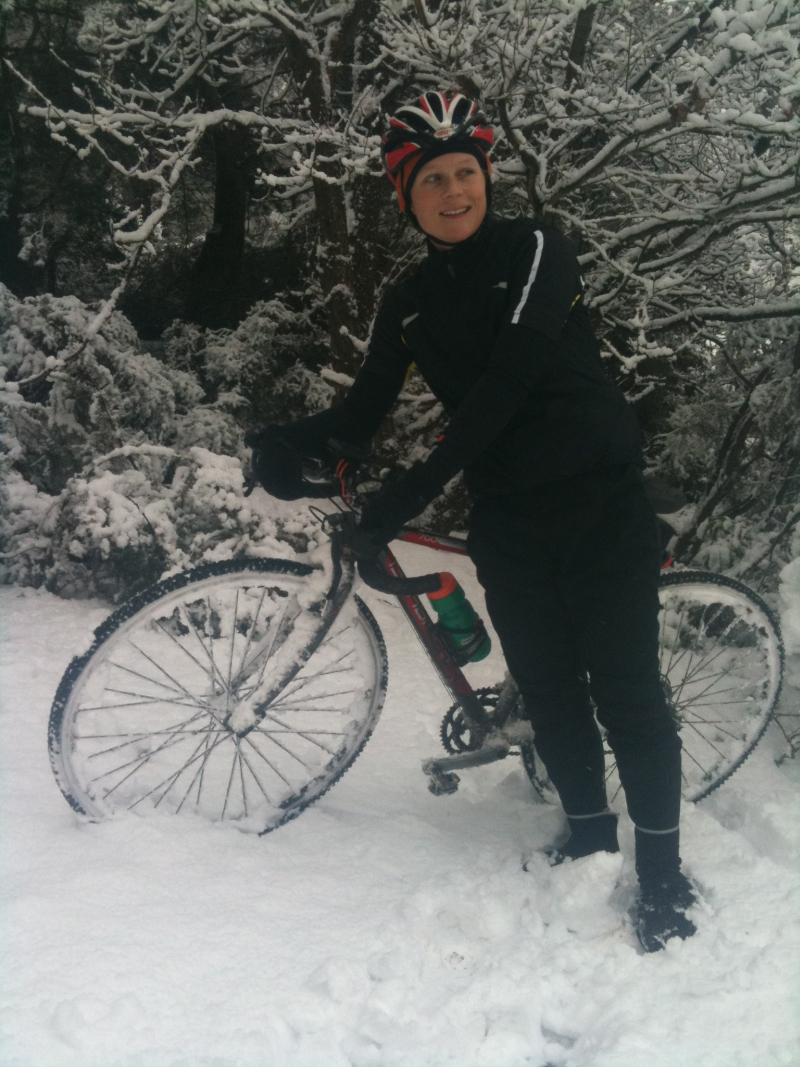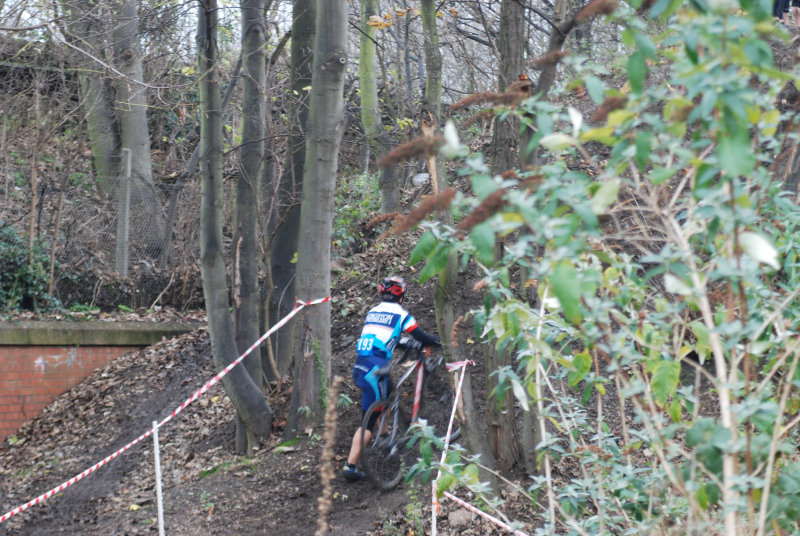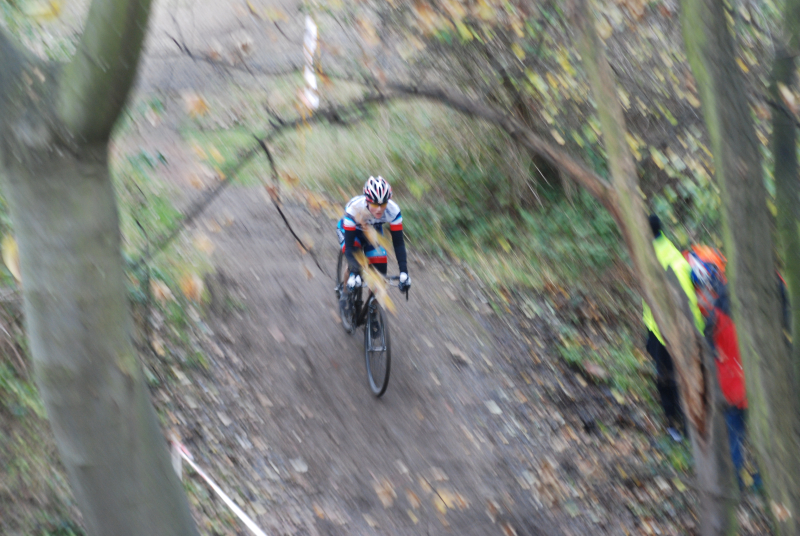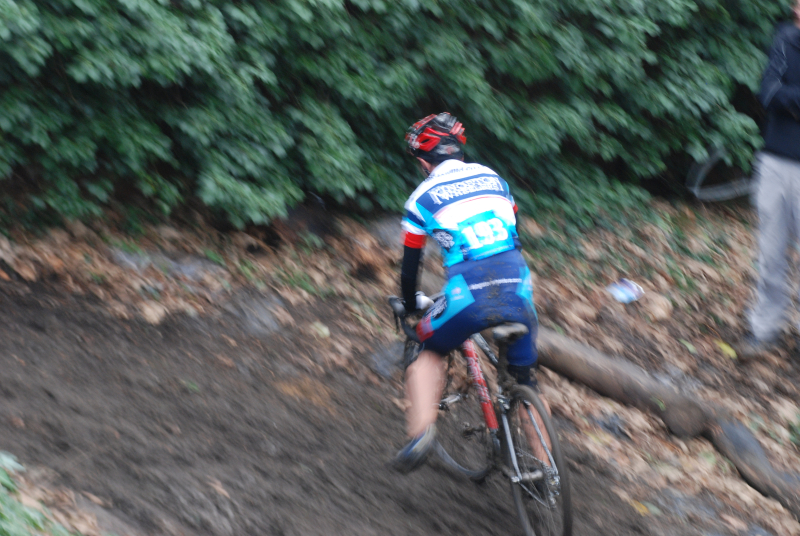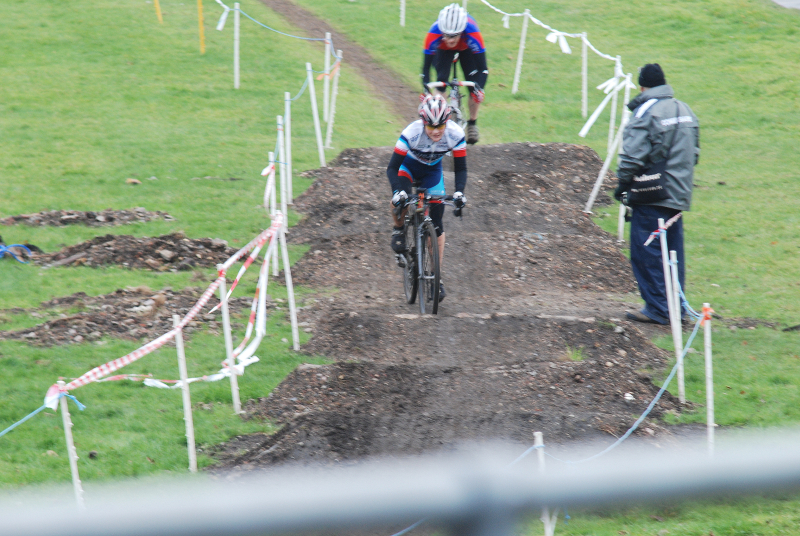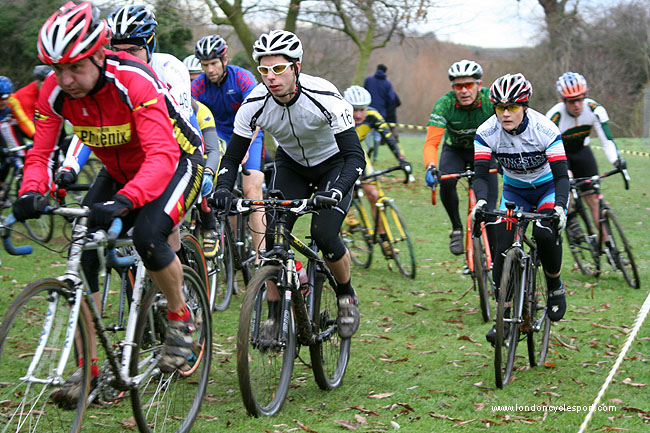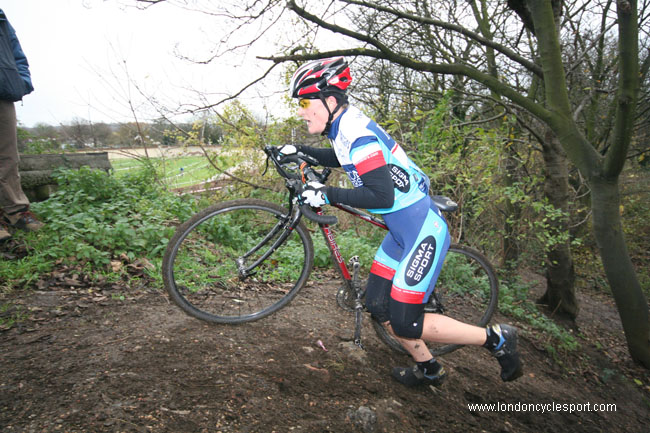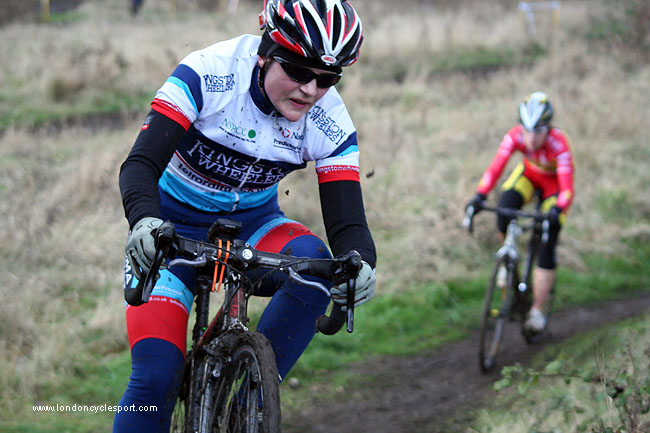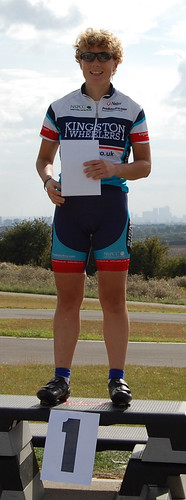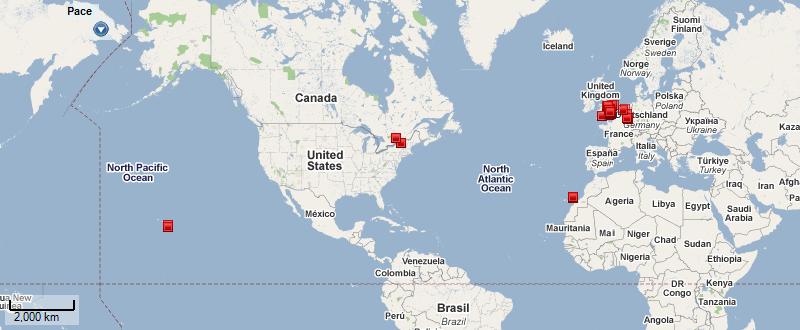
Where in the world I trained this year.
Firstly, let me say that 2009 was a breakthrough year for me in that I ran and rode for more hours and more miles faster and more consistently than ever before. Even my swimming -- which I admittedly ignored quite a bit -- managed to improve. I credit losing over 5kg between January and May for a lot of the increased speed in all three sports, but mostly I managed for the first time ever to train week after week with consistency, keep myself motivated, and stay injury-free.
2009 Totals:
13,611km (avg 1134km/month or 262km/week)
591 hours (avg 49:18/month or 11:22/week)
Cycling:
12,026km
436 hours
avg speed 27.6km/h
73,500m total climbing
Running:
1503km
121 hours
avg speed 4:51min/km or 12.4km/h
6,000m total climbing
Swimming:
81,600m
23.5 hours
avg speed 1:43/100m or 3.5km/h
Other (weights, core, ice hockey):
10.5 hours
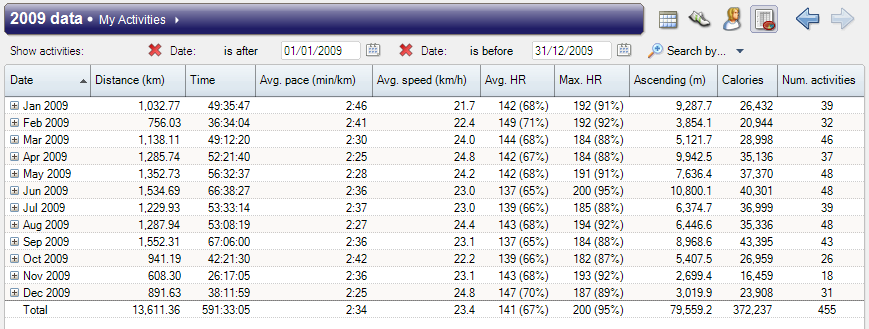
2009 totals for all activities by month.
SportTracks gives me nearly endless ways to mess with my stats, so with a few clicks of the mouse I can see that my biggest training week on the bike wasn't my January training week in Lanzarote but the week of April 20-26 -- coincidentally my first week with a powermeter -- when I rode 22 hours and 602km. The fastest ride I did was my 10 mile time trial in September, done at a speed of 43.2km/h (though I could only maintain that for 22.5 minutes!) I did four rides over 160km long (aka the imperial "century" distance), but no ride more than six hours.
Running-wise, my biggest month by far was September when I ran 186km. My slowest run with the exception of a brutal trail run/walk/stumble in the Belgian Ardennes was Ironman Hawaii, done at 6:33/km. Highest average heart rate for a run longer than 5km was the Wokingham half-marathon where I averaged 173bpm or 83% of max for over 90 minutes, maxing out at 191 at the end. Toughest run was the Tadworth 10 mile race in January, which I rated an 8 out of 10 "very hard" for its 200m of climbing (and descending!) through the frozen Epsom Downs. It'll be a long time before I attempt that race again!
Some other notable or not so notable numbers....
-- 4:15 spent on the turbo trainer, a number I'll have to increase this year if I want to improve my top-end power and VO2max. Not a single minute run on a treadmill!
-- over 34,000m open water swimming in oceans and lakes in Holland, England, Spain and the USA
-- 36 cycling races: 8 open road, 8 time trial, 16 circuit, and 4 cyclocross
-- 315km on my fixed gear bike at an average cadence of 82.6rpm
-- 3 DNFs: one cycling road race, one 10k running race, and one marathon
-- and 3 wins: one cycle race, one time trial, and one Ironman.
... and a few graphs for those who are still reading:

Injury-free thanks in big part to tons of trail running.
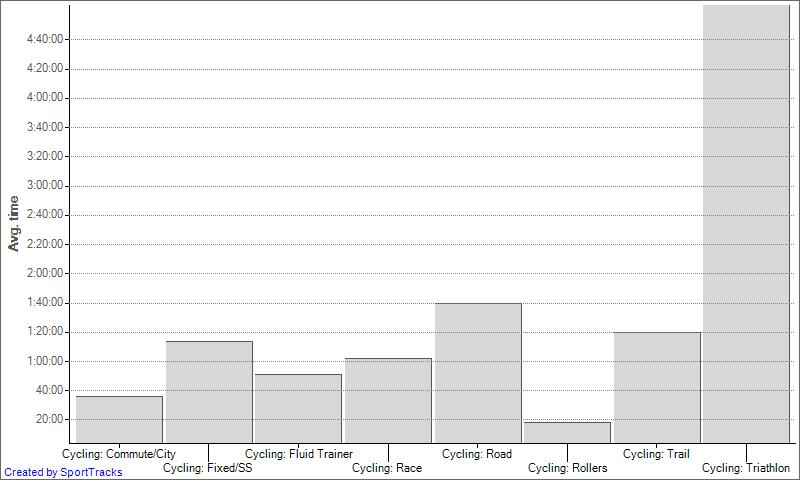
Average time spent per type of bike ride, skewed greatly by my long distance triathlon races.
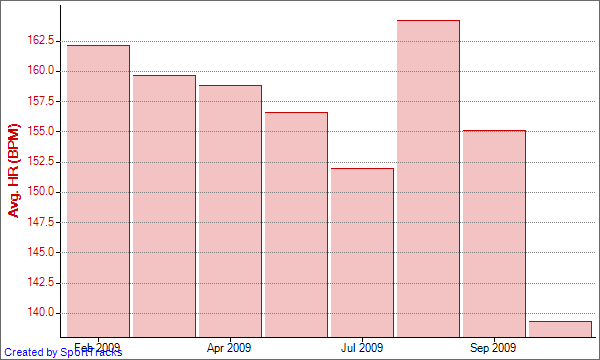
How my average HR becomes more and more depressed as my training ramps up, and then rockets once I'm rested again (taken from runs over 1 hour 45 min). Note the very low HR in October due to walking a lot of the Kona marathon.
Bring on 2010! :)
